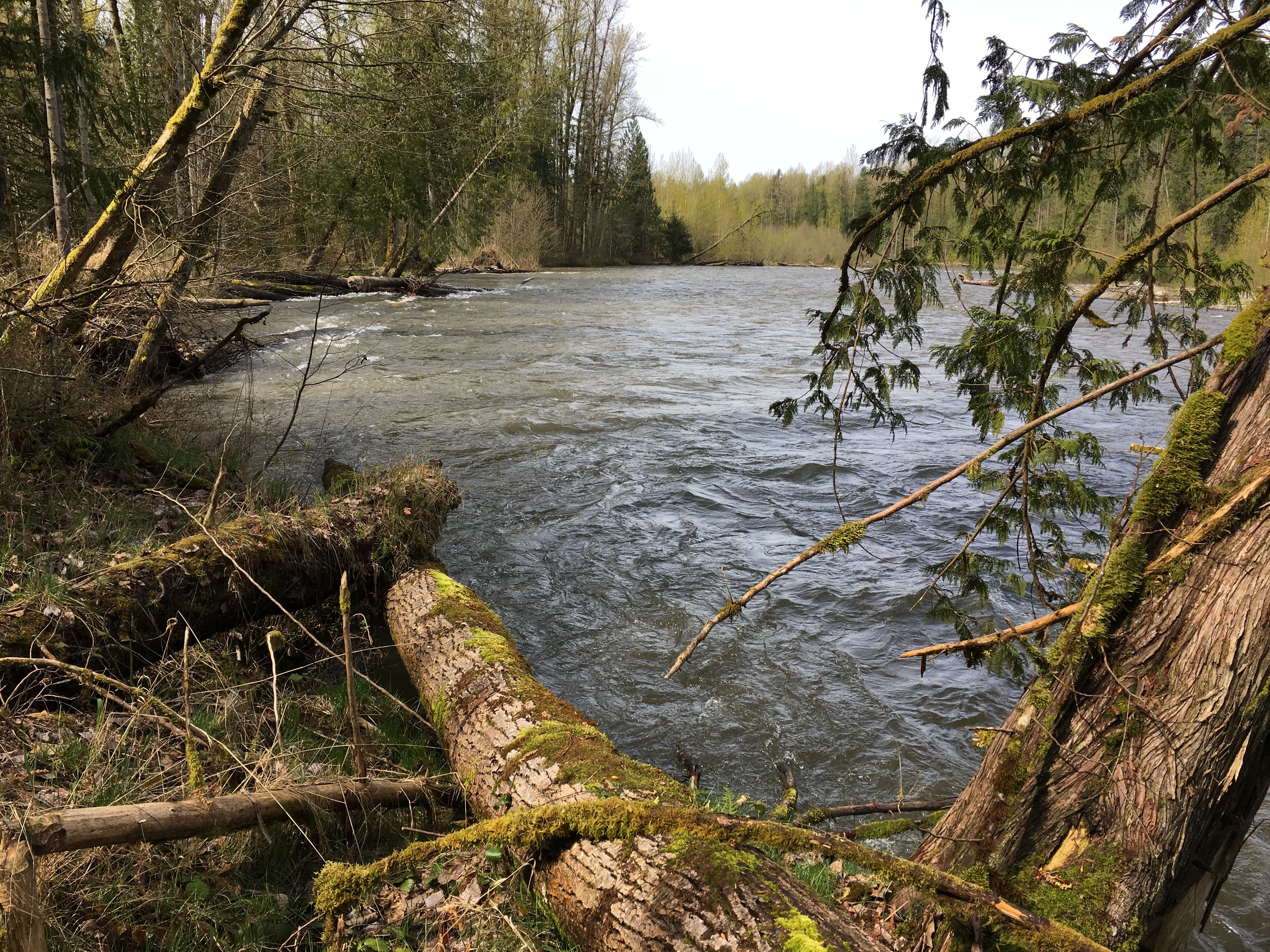In areas where native trees and vegetation are allowed to thrive along a riverbank, streams typically have better water quality, provide more suitable habitat for salmon and are more resilient to climate change.
To boost the health of streams and rivers in the Puget Sound region, the U.S. Environmental Protection Agency has awarded the Washington Department of Ecology up to $30 million to be disbursed over the next six years. The funding comes through the federal Bipartisan Infrastructure Law.
“Thanks to the Bipartisan Infrastructure Law, we are making more – and larger – investments in projects that improve water quality, stream flows and critical habitats,” said Casey Sixkiller, regional administrator for EPA’s northwest region. “These funds will help restore native vegetation along our creeks, streams, and rivers to improve water quality, as well as support recovery of local salmon runs and buffer our waterways from the impacts of climate change.”
Ecology is working in partnership with the Washington State Conservation Commission and Bonneville Environmental Foundation to establish criteria for evaluating potential riverbank restoration projects throughout Puget Sound. The department will invest some of the funding to help ensure an adequate supply of native trees and bushes is available to be planted at project sites.
"Protecting and restoring habitat along our streams is work that is critical to building climate resilience for salmon in Puget Sound. We are excited about the opportunity to improve the pace of this work through innovation and financial incentives for landowners," said Ecology Director Laura Watson.
Ecology and its partners will work with farmers and landowners, Tribes, cities and counties, land trusts, conservation districts, salmon recovery groups, and other groups to identify suitable projects. Some funding might be used to pay for conservation easements and other measures to protect land from future development.
Healthy riverbanks usually have plenty of native vegetation that help stabilize bank erosion, slow surface water runoff from storms, and filter pollutants. Trees and bushes also attract important insects and forage fish, and provide needed shade to help salmon survive, especially during warm months.


